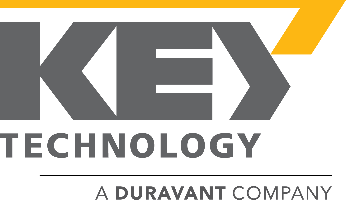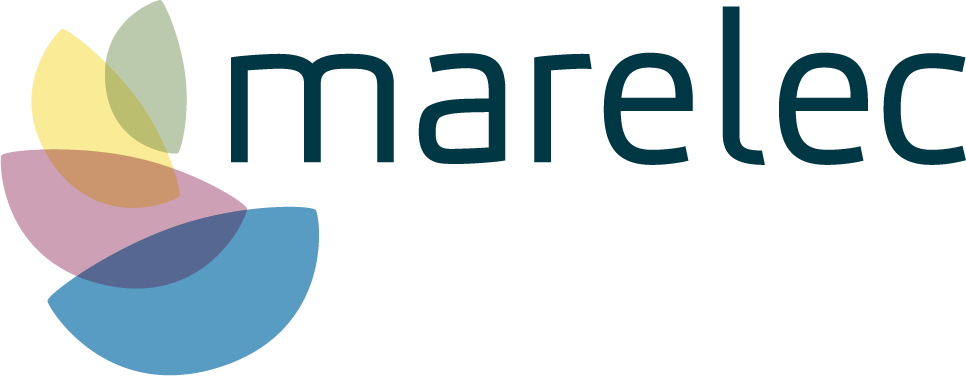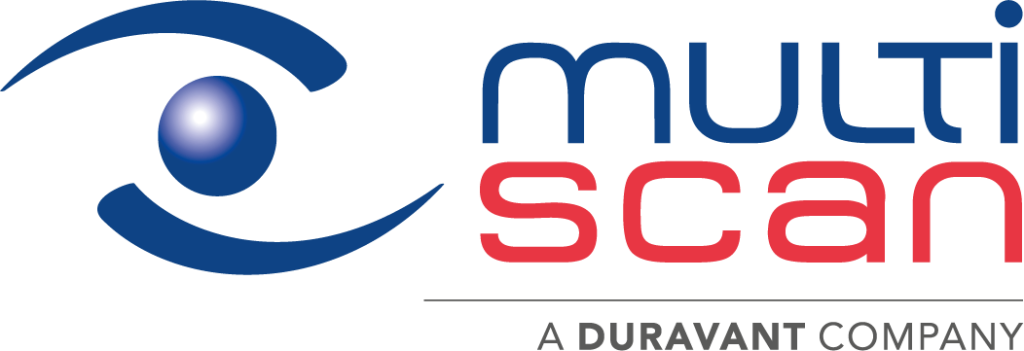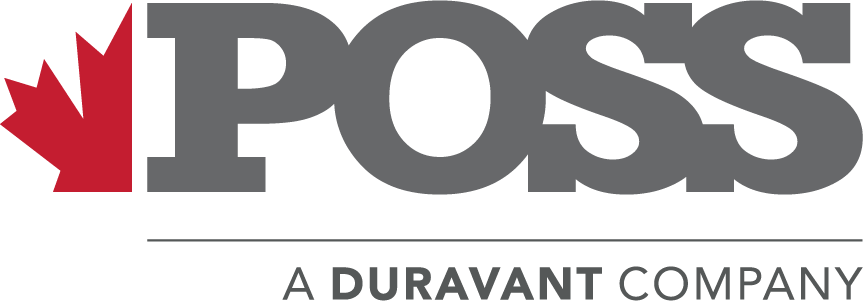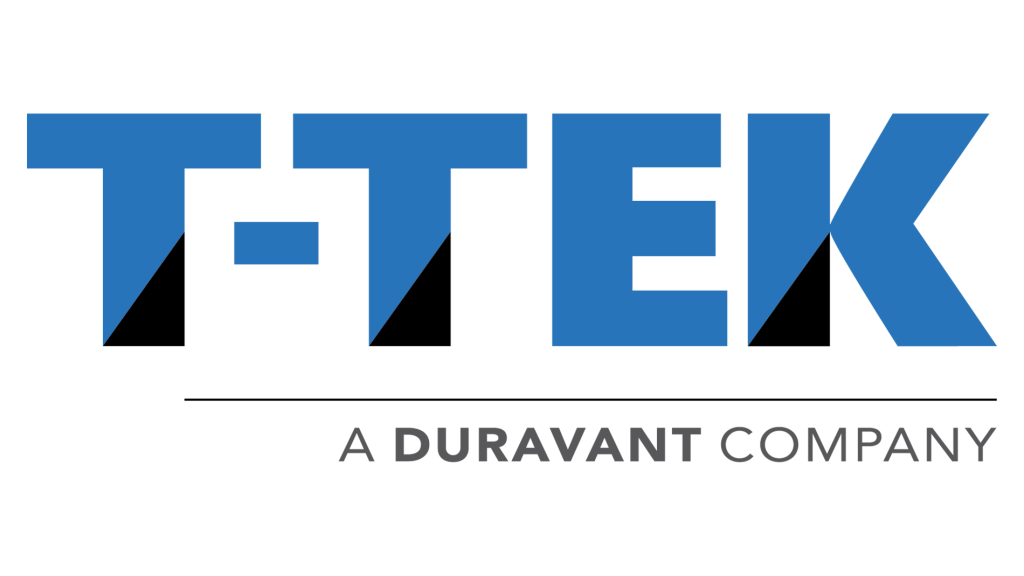The Duravant family of operating companies serve the food processing, packaging and material handling segments.
Unlocking Efficiency: Strategies for Choosing the Right Packaging Systems for Your Business
In today's fast-paced business landscape, efficiency is paramount, and one of the key areas where companies can significantly enhance their operations is through the strategic selection of packaging systems. The right packaging systems not only protect products during transit but also streamline the overall logistics process, reducing costs and improving delivery times. As businesses navigate the complexities of supply chains and consumer demands, understanding how to choose the appropriate packaging solutions becomes essential for maintaining a competitive edge.
Moreover, the choice of packaging systems impacts branding and customer satisfaction, as attractive and functional packaging can elevate the consumer experience. With numerous options available in terms of materials, designs, and technologies, businesses must thoroughly evaluate their specific needs and objectives to make informed decisions. This blog will explore essential strategies for selecting the right packaging systems tailored to your business requirements, enabling you to unlock enhanced efficiency and drive growth in an increasingly demanding market.
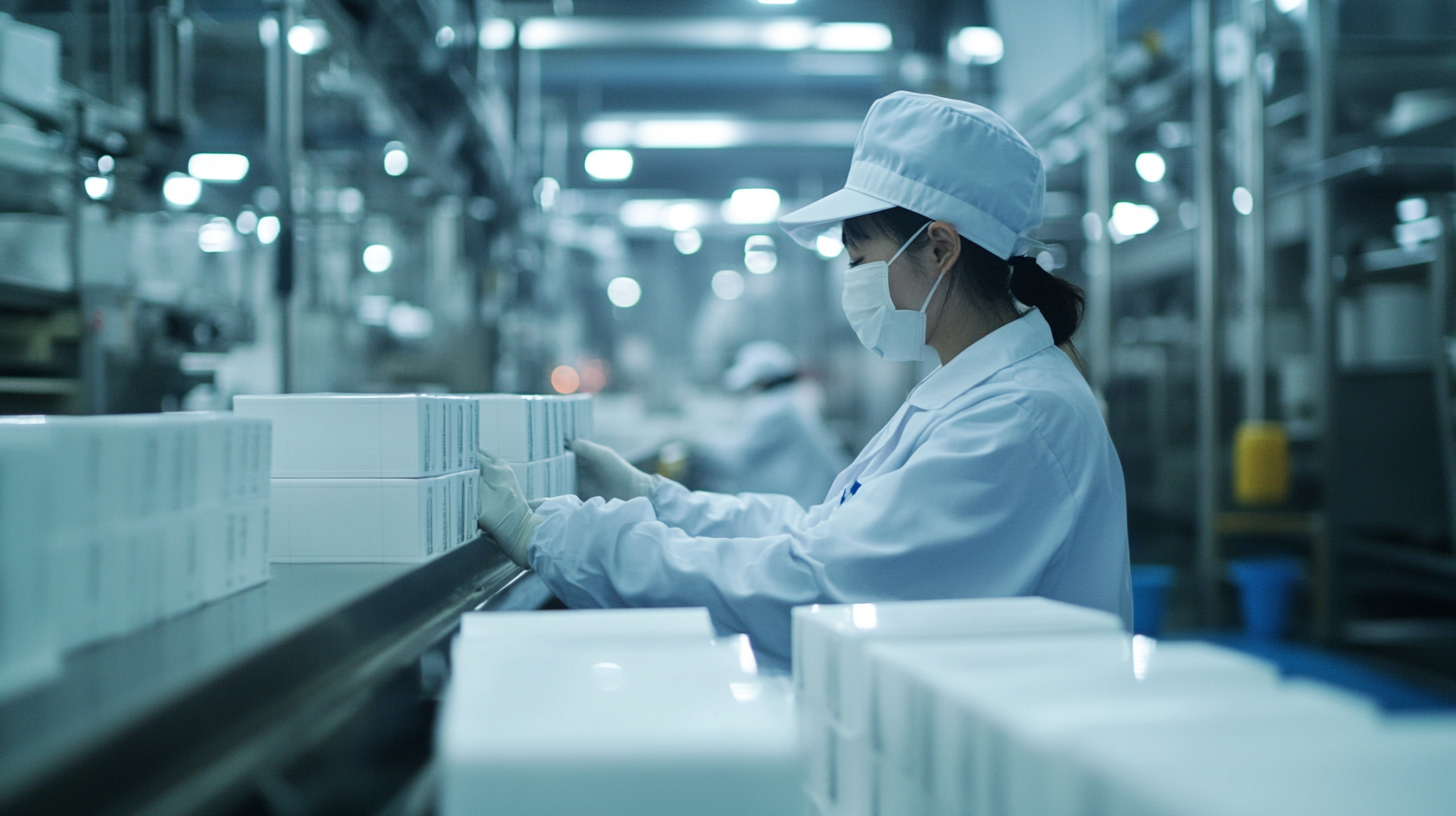
Understanding the Importance of Efficient Packaging in Modern Business
Efficient packaging has become a cornerstone of competitive advantage in today’s fast-paced business landscape. According to a study by Smithers Pira, the global market for packaging is expected to reach $1 trillion by 2024, with a significant portion driven by technological advancements in packaging systems. Companies adopting innovative packaging solutions not only streamline their operations but also enhance customer satisfaction, as 72% of consumers believe that packaging design influences their purchasing decisions (Packaging Strategies). Moreover, as e-commerce continues to soar, the need for efficient packaging has never been more critical. The packaging industry must respond to the challenges of logistics, sustainability, and cost-effectiveness. A report from McKinsey highlights that companies that optimize their packaging processes can reduce their costs by up to 25% while simultaneously improving delivery times. This synergy of efficiency not only benefits businesses in terms of profitability but also aligns with consumer expectations for eco-friendly practices. Implementing the right packaging systems can also play a vital role in brand perception. A survey by Nielsen revealed that 66% of global consumers are willing to pay more for sustainable brands. By incorporating sustainable materials and practices into packaging strategies, businesses can bolster their brand image and appeal to environmentally conscious consumers. As industry leaders pivot towards sustainability, those who prioritize efficient packaging systems will find themselves at the forefront of innovation, reaping the rewards of reduced costs and increased customer loyalty.
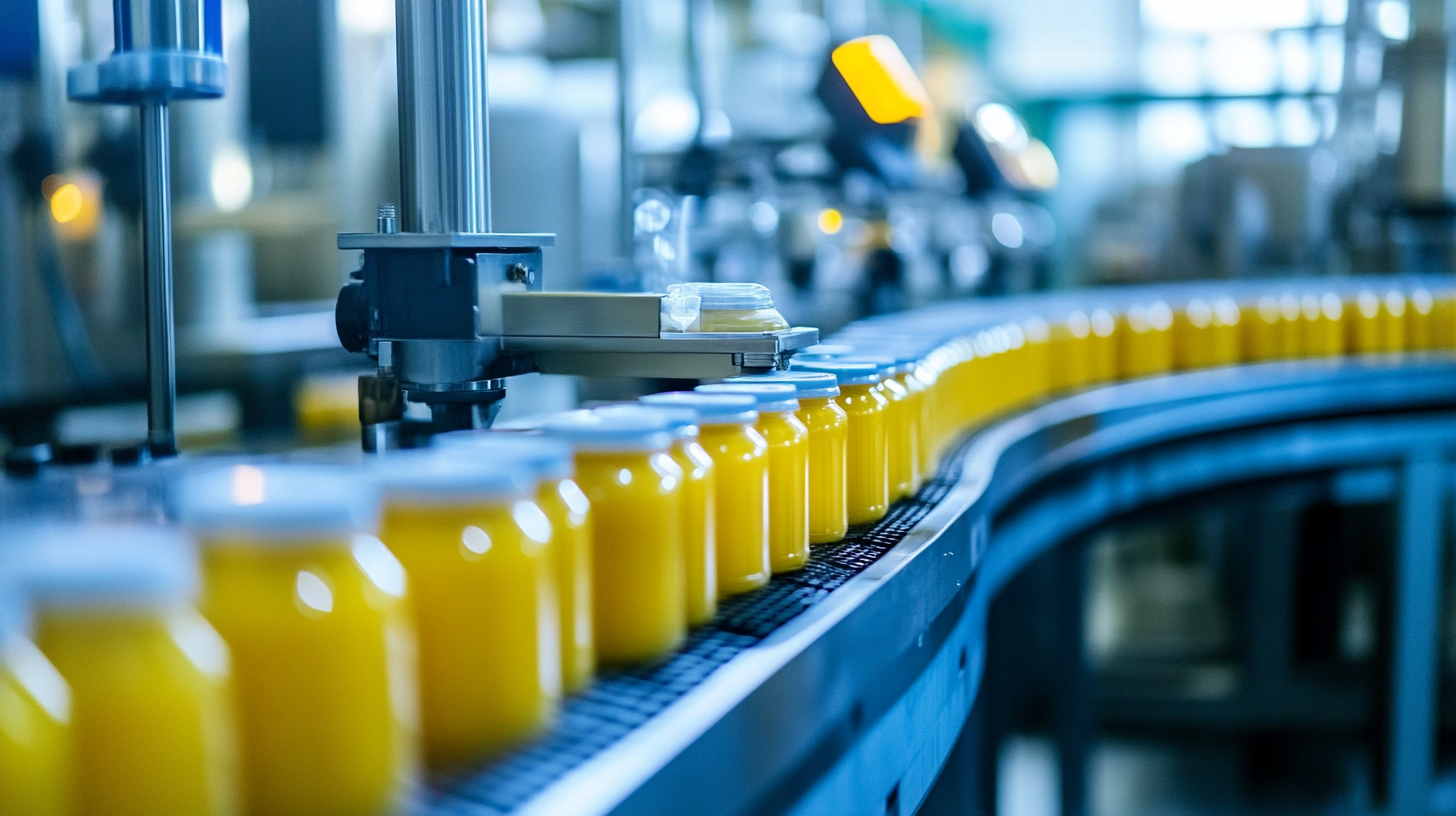
Key Factors to Consider When Selecting Packaging Systems
When selecting the right packaging system for your business, understanding the key factors that influence this decision is paramount. The industrial packaging market has shown remarkable growth, with a particular focus on materials like plastic, paper, metal, and innovative solutions that cater to various products. By evaluating your choices among containers—ranging from drums and IBCs to boxes and bags—you can streamline your operations and enhance efficiency.
The choice of material significantly impacts packaging performance and sustainability efforts. Plastic remains a popular option due to its versatility and durability, while paper and cardboard are gaining traction for their eco-friendly attributes. Metal packaging, though traditionally heavier, offers unmatched protection for certain goods. Each material brings unique advantages and considerations that businesses must weigh against their operational goals and consumer expectations.
In the context of the French market, the coconut packaging sector is poised for substantial growth, with a projected CAGR of 4.67% from 2023 to 2033. This trend underscores the importance of aligning packaging choices with market demands and consumer preferences. By thoughtfully assessing these factors and trends, businesses can unlock new levels of efficiency and remain competitive in an evolving landscape.
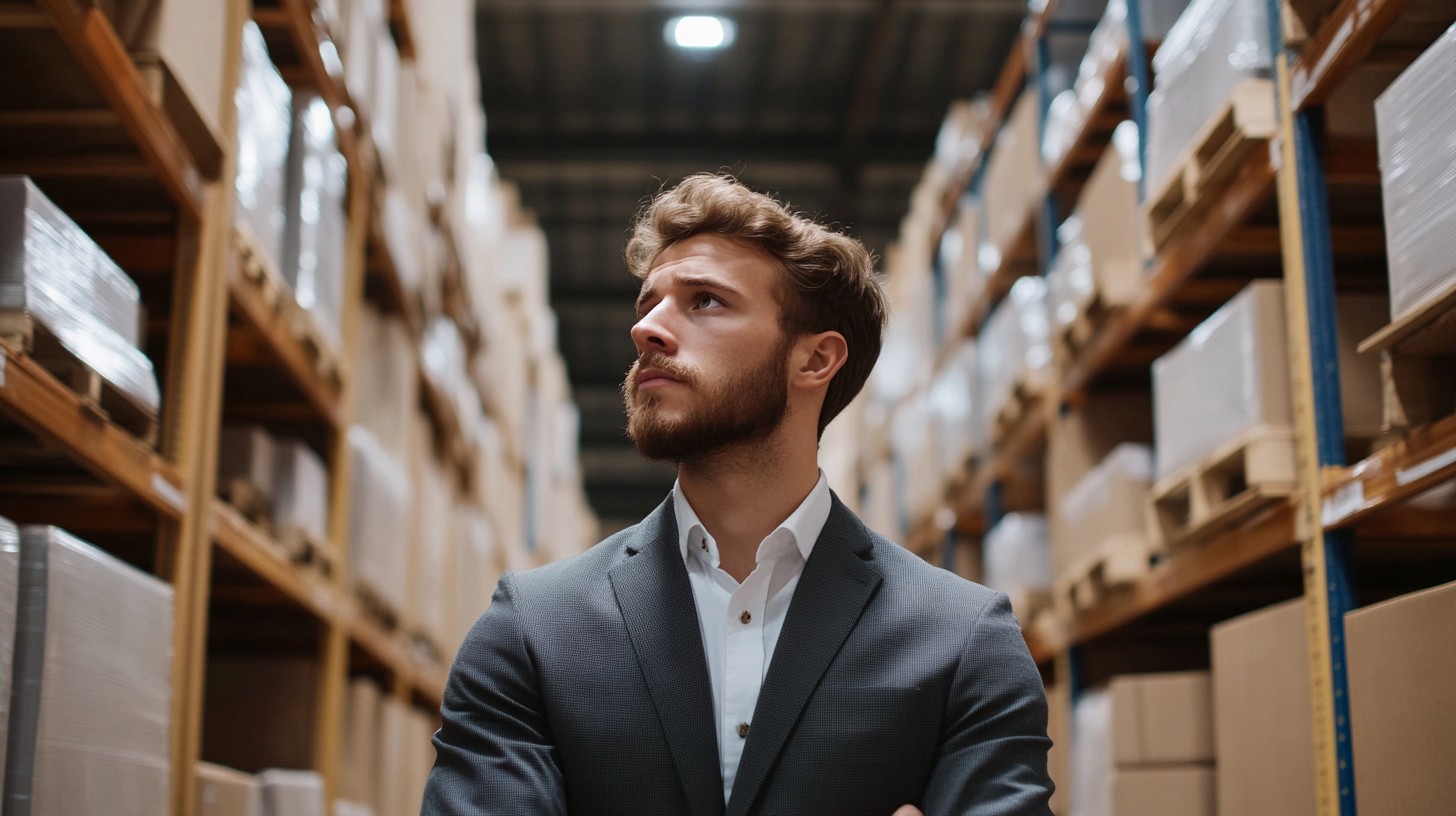
Evaluating Packaging Technologies: What Works Best for Your Products
When selecting the ideal packaging technology for your products, it’s crucial to evaluate your specific needs and goals. Different packaging options can significantly impact not only the protection and shelf-life of your goods but also the efficiency of your supply chain and overall production costs. For instance, products that require longer preservation may benefit from vacuum sealing or modified atmosphere packaging, which can extend freshness and reduce spoilage. In contrast, fragile items might necessitate cushioned packaging materials or custom-built solutions to prevent damage during transit.
Another important consideration is the environmental impact of your packaging choices. With an increasing consumer demand for eco-friendly options, exploring biodegradable or recyclable materials can enhance your brand image while meeting customer expectations. Moreover, it’s essential to assess the cost versus benefits of various technologies. Automated packaging systems, while initially more expensive, can lead to long-term savings through increased efficiency, reduced labor costs, and fewer errors in the packaging process.
Ultimately, understanding the intricacies of different packaging technologies—such as the use of smart packaging with built-in sensors to monitor product conditions—can provide a competitive edge in the market. By thoroughly evaluating what works best for your products, you can optimize your packaging strategy to boost efficiency and ensure customer satisfaction.
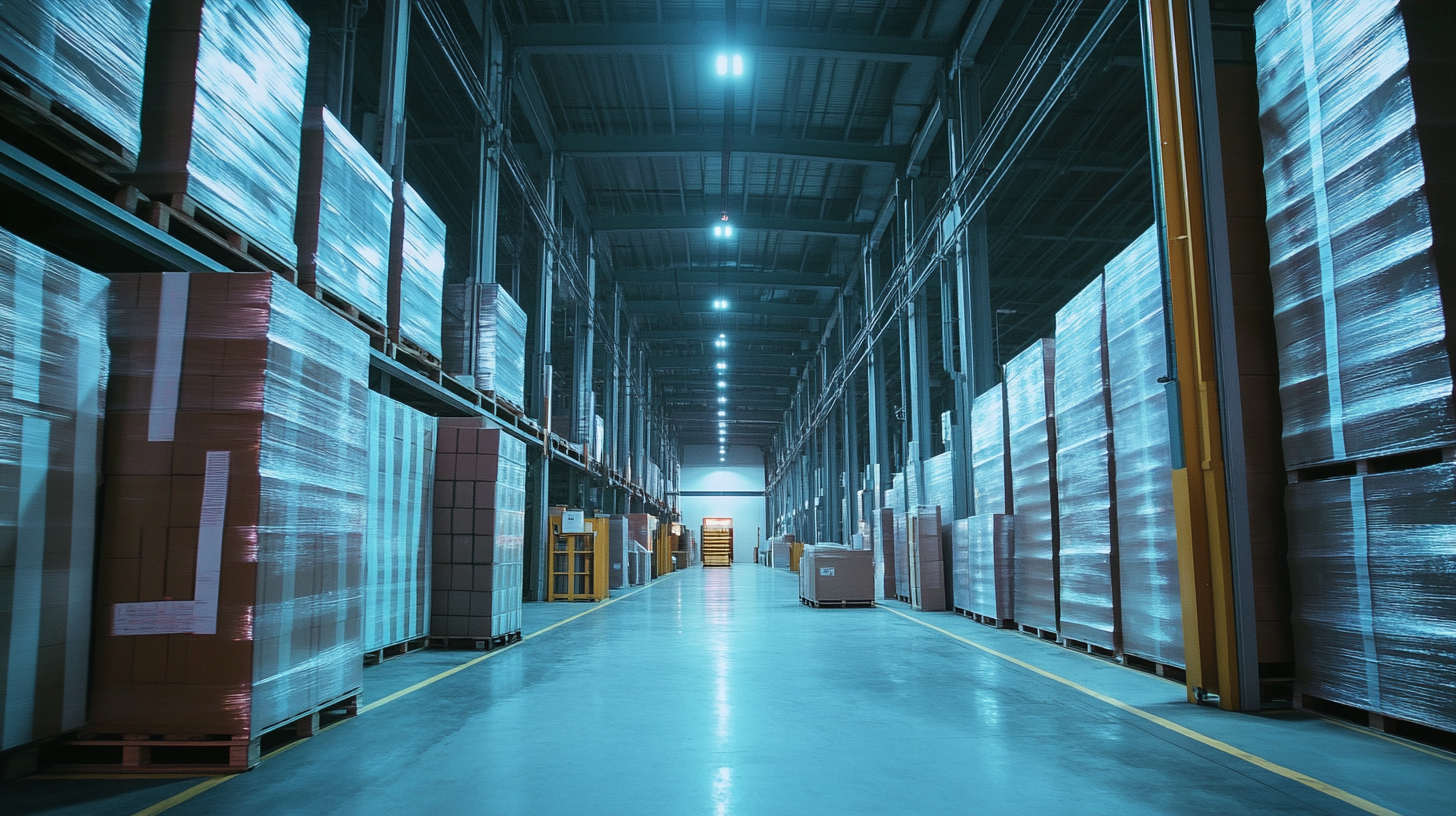
Cost-Benefit Analysis of Different Packaging Solutions
When selecting packaging systems, conducting a cost-benefit analysis is crucial for ensuring that your business operates efficiently while maximizing profitability. Different packaging solutions can have varying impacts on overall costs, labor efficiency, and product integrity. For instance, it's essential to weigh the upfront costs of high-quality packaging materials against potential savings from reduced product damage and returns. By investing in durable packaging, businesses can often mitigate losses that stem from shipping issues, ultimately leading to a more favorable long-term financial outcome.
Moreover, the scalability of packaging solutions should be considered. Some packaging systems may require substantial initial investment but offer significant automation advantages that streamline production processes over time. Analyzing labor costs in conjunction with packaging efficiency can reveal the hidden savings of adopting an automated system. Assessing how quickly a new packaging solution can pay for itself is a fundamental aspect of the cost-benefit analysis that can influence the decision-making process the most.
Additionally, environmental considerations are becoming increasingly paramount in packaging decisions. Eco-friendly materials may present higher upfront costs, but they can improve brand reputation and customer loyalty. A comprehensive cost-benefit analysis should factor in potential marketing advantages and compliance with regulatory standards for sustainability. By aligning packaging choices with eco-conscious consumer preferences, businesses not only contribute positively to the environment but may also unlock new revenue streams. Each of these factors plays an integral role in choosing the right packaging systems, ultimately enhancing overall operational efficiency.
Sustainability in Packaging: Making Eco-Friendly Choices for Your Brand
In today’s competitive market, sustainability in packaging is not just a trend; it has become a vital component of brand identity. According to a 2022 survey by McKinsey & Company, 60% of consumers are willing to pay more for products packaged sustainably. This shift in consumer preferences is pushing companies to rethink their packaging strategies and implement eco-friendly solutions. By prioritizing sustainable packaging, brands can not only enhance their market appeal but also contribute significantly to environmental conservation.
One of the most effective strategies for achieving sustainability in packaging is to employ materials that have a minimal ecological footprint. The Ellen MacArthur Foundation reported that transitioning to biodegradable and recyclable materials could reduce plastic waste in the oceans by up to 80% by 2040. Brands can leverage alternatives such as post-consumer recycled materials, compostable films, and plant-based plastics to meet this objective. Organizations like the Sustainable Packaging Coalition are also advocating for innovations in packaging designs that reduce material usage while maintaining product integrity.
Moreover, consumers are increasingly scrutinizing the lifecycle of products, making it essential for brands to adopt a circular economy approach. A 2023 study by the World Economic Forum highlighted that brands adopting circular packaging solutions could increase their market share by 15% in the next five years. This approach not only lowers environmental impact but also opens up new revenue streams through recycled materials, aligning corporate sustainability goals with business growth strategies. By focusing on sustainable packaging, businesses can lead the way in environmental responsibility while attracting a more conscious consumer base.


